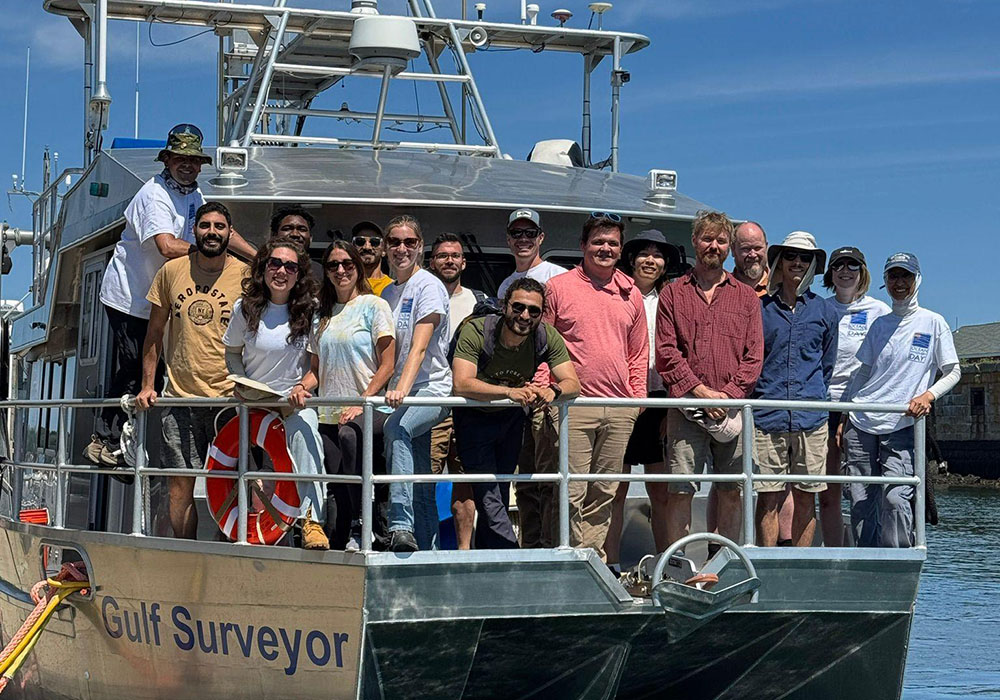
The SeaBat T51 Sonar Provides Cutting Edge Technology For UNH Students
The Center for Coastal and Ocean Mapping at the University of New Hampshire (UNH/CCOM) is a highly regarded university in the science of ocean mapping. Their recent endorsement of the
Teledyne Marine T51 SeaBat sonar system has been a significant milestone.
For two years, UNH engineering students have worked with the
Teledyne Marine T51 SeaBat sonar in their capstone project, primarily for training purposes, and the results achieved this past year are nothing short of fantastic.
Listen to the podcast >
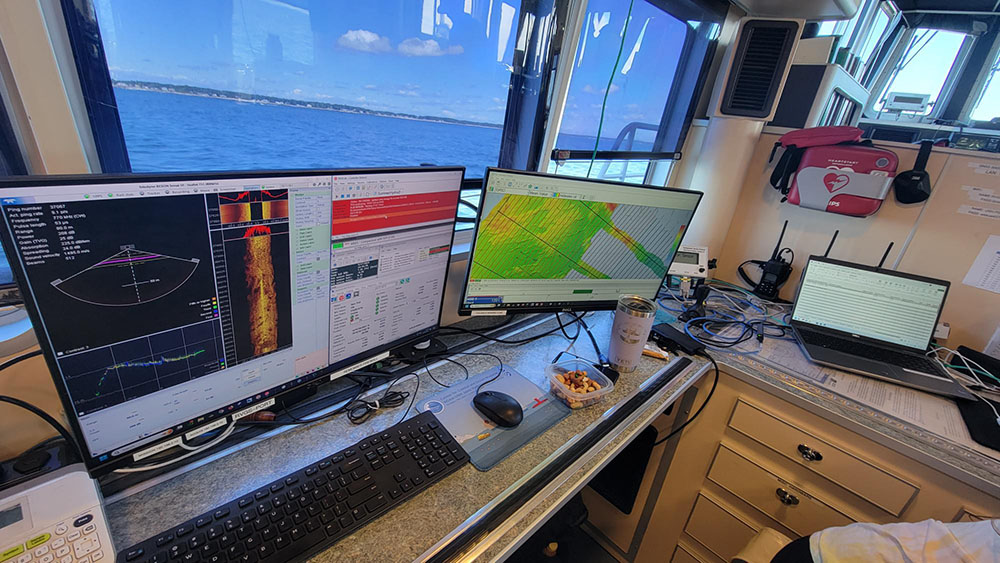
The approval of UNH/CCOM is especially remarkable because of its status as a top academic institution in ocean mapping. The dataset generated by their students shows several impressive aspects of the SeaBat T51 sonar.
The students found several innovations in the sonar system that set the SeaBat T51 apart, including its ability to detect 5cm high sand waves in 30m of water, allowing a clear view of the underwater topography.
The students also showed that the dataset demonstrated a wide swath at 800kHz, which covers a larger area and can see deeper into the seabed. This capability was crucial to several identifications of seabed features.
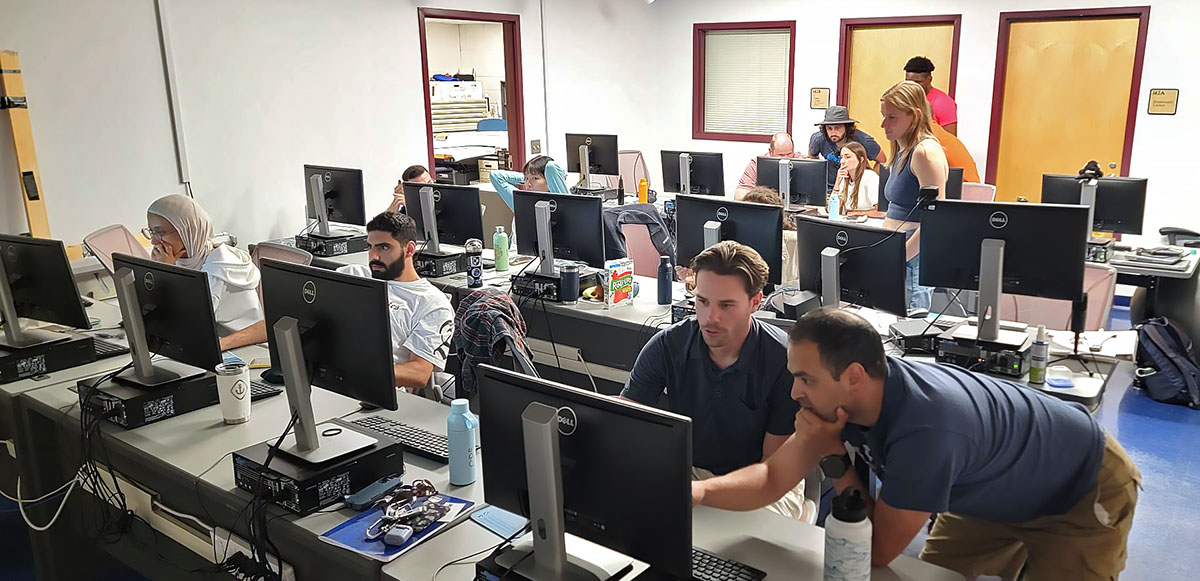
Data processed in near real-time at UNH CCOM. Daily GeoTIFFs uploaded to Absolute Ocean to visualize project process.
In addition, the
SeaBat T51 sonar does exceptionally well in creating high-quality backscatter data, which is crucial for understanding what the seafloor is made of and how it looks. That data is essential and valuable to marine scientists and researchers when assessing the aquatic environment. Another of the SeaBat T51's significant advantages is its effortless use. The system has a modern user interface with a helpful 3D presentation and
adjustable gates, which makes for an intuitive process of "driving" the sonar.
The
tracker automates sonar operations with a user-friendly system that allows students to focus on analyzing returned data while somewhat removing the "technical" aspects of the system's operation. This user-friendly design has made the SeaBat T51 an ideal tool for educational purposes, providing students with hands-on experience that mirrors professional marine survey operations.
What these students have accomplished in this UNH summer capstone project is remarkable.
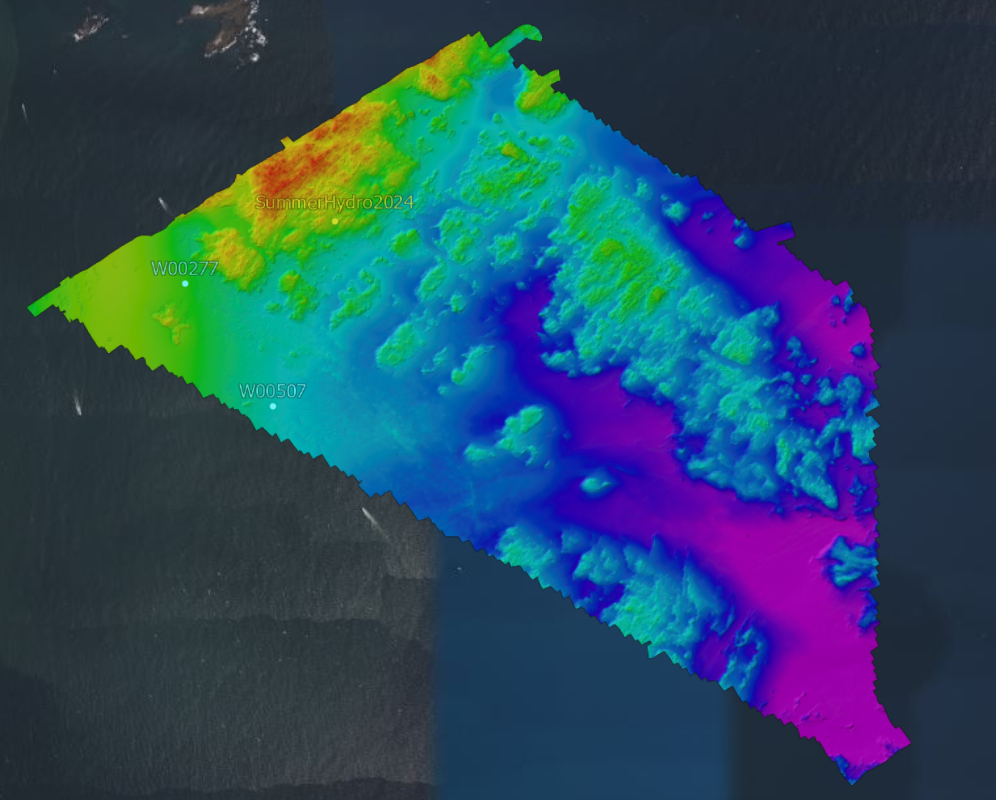
SummerHydro: Training for Future Leaders
The "Complex Multi-Disciplinary Field Project," known as SummerHydro, runs for eight weeks right after the spring semester. It is referred to by the International Board on Standards of Competence for Hydrographic Surveyors and Nautical Cartographers (IBSC).
The course offers concentrated preparation in a few essential areas. The first is simply data presentation. Industry leaders like Teledyne Marine provide training sessions where guest instructors help students understand the nuances of data processing. The second area the course prepares students for is survey planning.
The students worked in groups and alternated between jobs on the R/V Gulf Surveyor, piloting
Autonomous Surface Vehicles, and in classroom settings. Each group operated as an independent survey contractor, simulating real-life conditions that required them to manage hydrographic surveys from start to finish.
A keystone of their experience is the emphasis on developing soft skills alongside technical competence.
They rotated the "Chief of the Day" role, which allowed them to practice leading a group and making decisions under pressure.
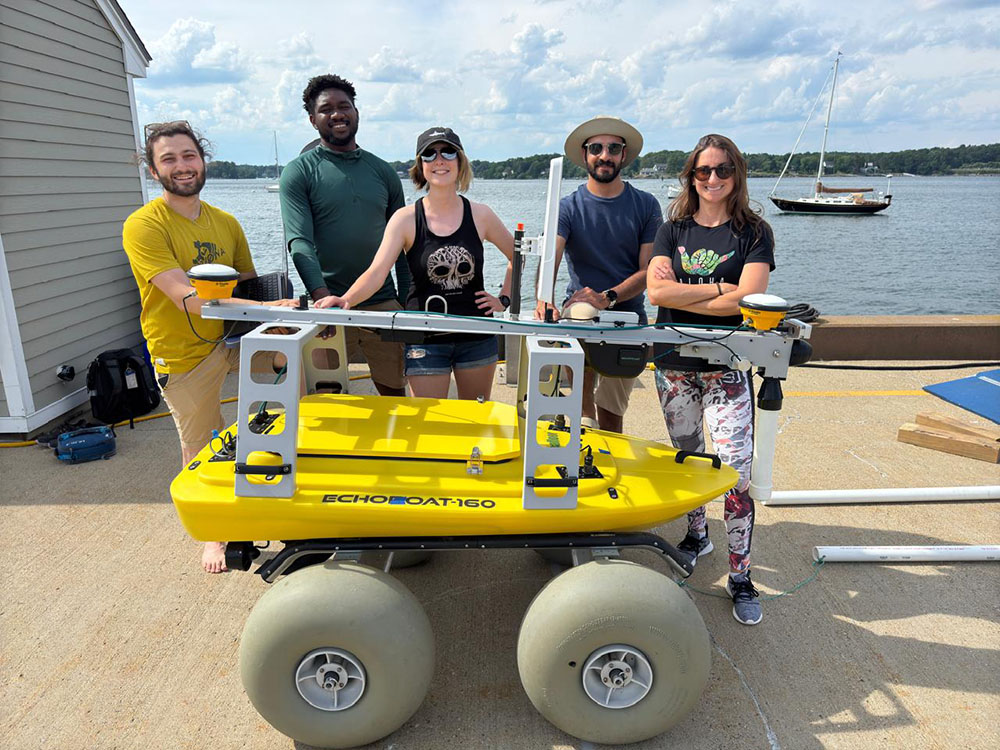
The program, in turn, has garnered extremely enthusiastic responses as students are being prepared to take on immediate leadership roles upon graduation. Students are allowed to lead in the classroom, in front of the program, or in industry-collaboration projects—where they are not just learning to do but learning to lead beyond graduation.
The collaboration between UNH and Teledyne Marine advances the field of ocean mapping while ensuring the next generation of engineers and marine scientists have the skills and knowledge to excel in their careers.
Using the SeaBat T51 sonar system has been a critical component of the training, assuring that the students participating in the capstone projects have state-of-the-art tools while they gain real-world knowledge.
The program continues to evolve, and Teledyne Marine remains a key player in its efforts.
The partnership is crucial to making a significant impact, especially in mapping the ocean floor. The success of this year's capstone project underscores the importance of such alliances in advancing both educational and technological frontiers while nurturing the next generation of ocean science leaders.
